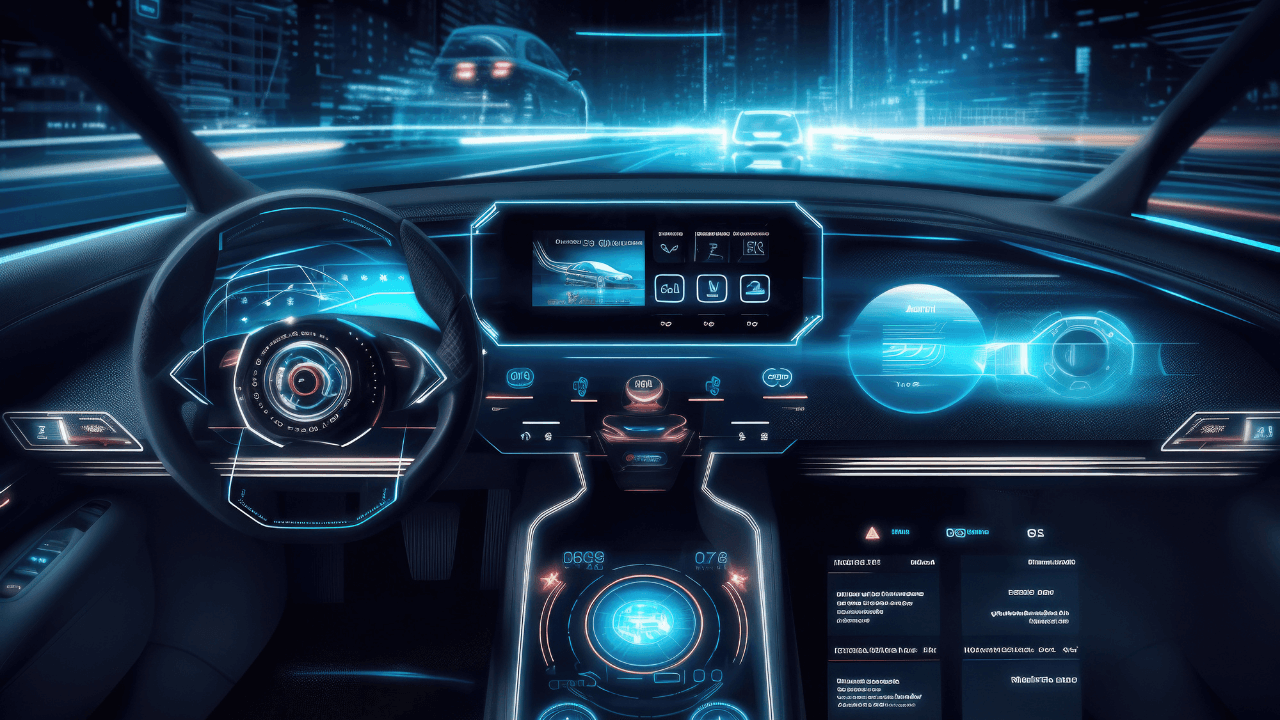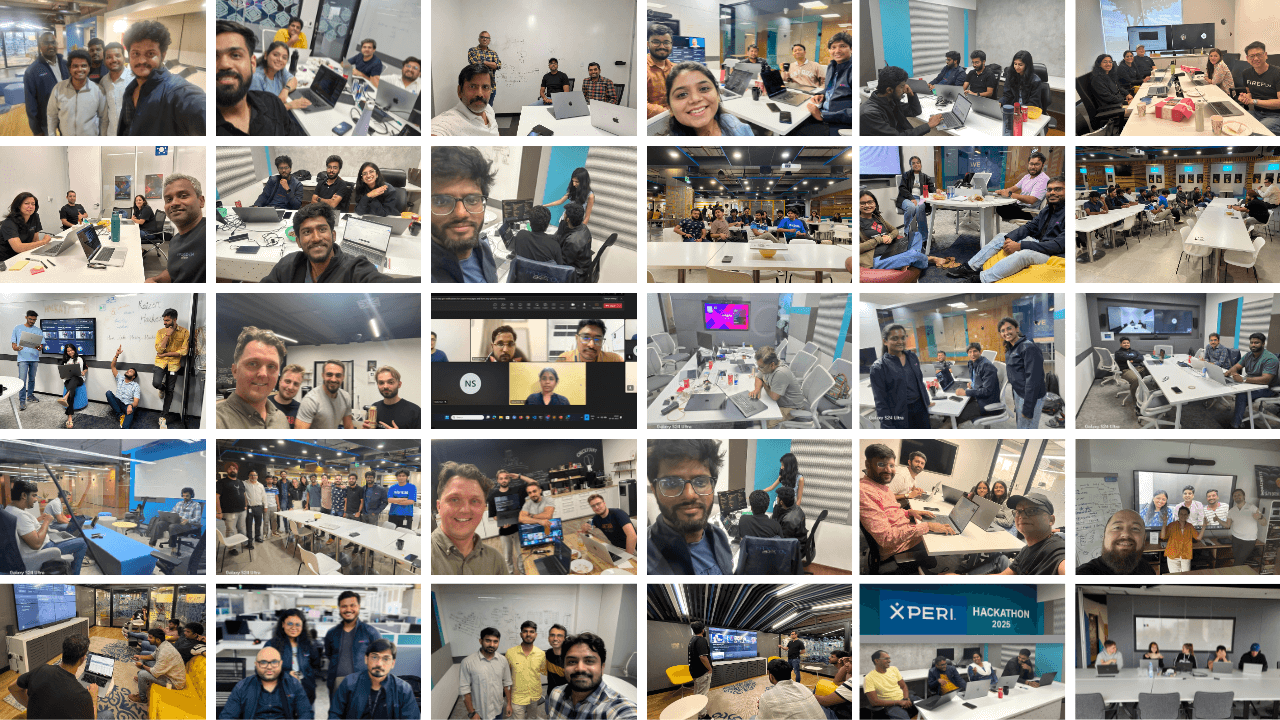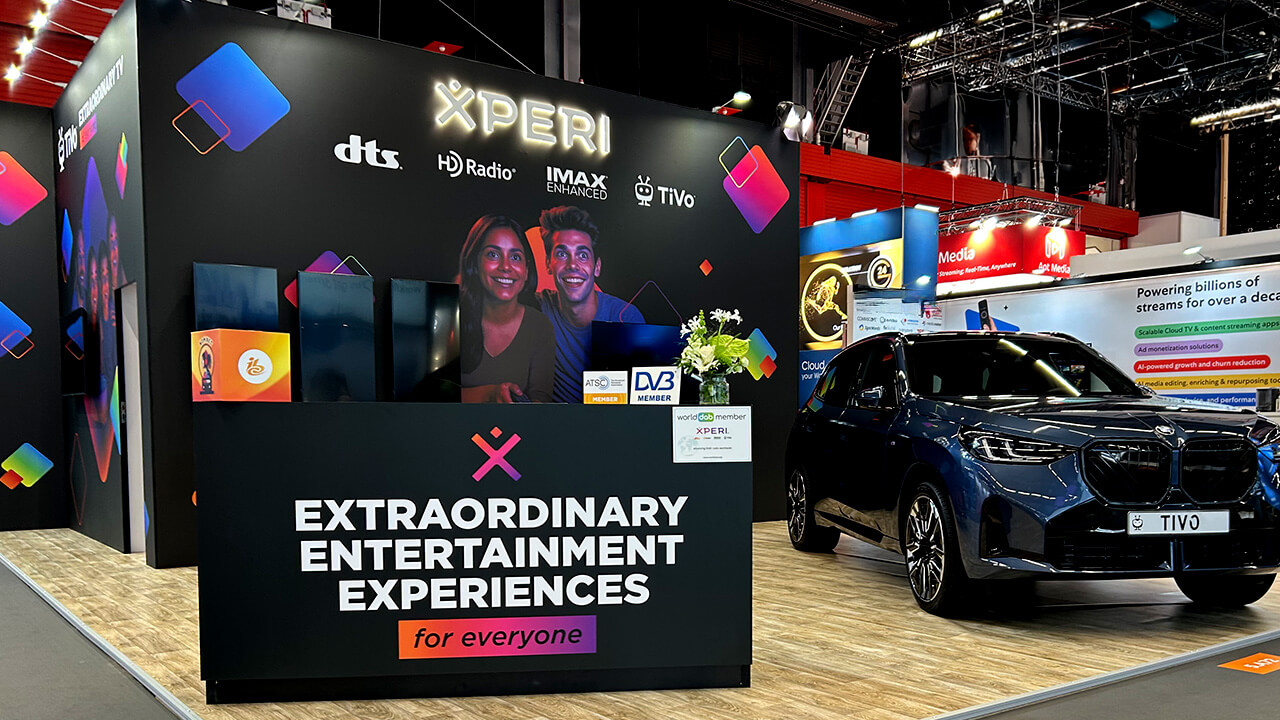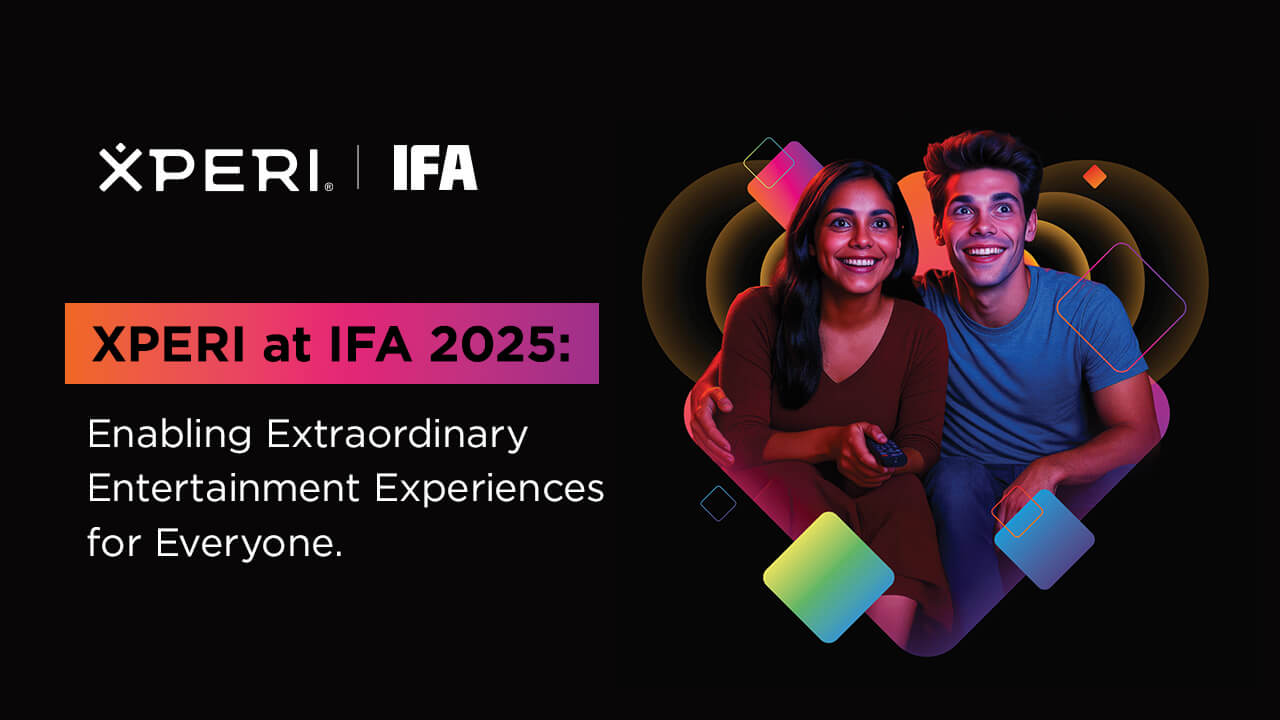The Auto Strike, EVs, Driverless Cars, and the Evolution of the In-Vehicle Media Platform
The UAW strike was quite a lesson in technology evolution versus technology revolution. Spurred, in part, by autoworker concern about EVs (electric vehicles) — and how workers would be out in the cold in a much-touted all-EV future that would shutter ICE (internal combustion engine) manufacturing plants, the UAW asked for unionization of EV battery factories and, for the most part, they won. Ironically, the news of the strike’s settlement was almost synchronous with news of a dampening of the revolution that strikers feared: demand for EVs is on the decline and major automakers are slowing down investments in EV production.
In spite of all the buzz about the EV revolution, the reality is that, while market share for EVs has risen in the last few years – according to J.D. Power, EVs are only about 6.5% of the total new car market. It makes sense. EVs are still beyond the average consumer’s buying power and, for this expansive country, adequate infrastructure to support an all EV-future is still in the distance.
Toyota has had a more evolutionary approach to EVs, keeping its options open, focusing on hybrids that can switch from electric to combustion and a diverse alternative fuel line-up. Akio Toyoda, Toyota’s president, said recently in the WSJ about EVs, “Because the right answer is still unclear, we shouldn’t limit ourselves to just one option.” So, a more incremental, hybrid evolution appears to be what the general market is currently demanding.
One that is evolutionary versus revolutionary.
I see an interesting parallel in my particular passion, the progression of in-vehicle entertainment. With the shiny objects of digitization, streaming content and satellite-delivered content set to ‘revolutionize’ in-vehicle media and entertainment, good old broadcast radio in the dash, like the ICE, was assumed to be a goner. But, this notion, like the EV revolution, failed to consider market reality: what consumers actually want. It is not that consumers are opposed to progressive technology; they want it but they want it on their terms and as a delivery mechanism for their choices.
In the case of radio, many recent studies indicate that it is still the medium of choice for consumers in-vehicle, even as multiple other options appear. And this is certainly not to say that consumers are not deeply interested in other choices, such as, for example, video-in-dash (more on that in a minute). So, the answer, as Mr. Toyoda pointed out, is not to limit to just one option, but to take a more ‘hybrid’ view. In our case, we have taken that most cherished option – radio – and, like the hybrid vehicle, held onto legacy, and then leveraged technology – digitization – and evolved it into Xperi’s DTS AutoStage entertainment platform. DTS AutoStage is a progressive, responsive and immersive in-vehicle, in-dash, media platform that seamlessly offers consumers multiple, personalized entertainment options from radio to video to gaming, as well as rich, immersive imagery, intuitive discovery and the highest quality audio.
Not long ago, conventional wisdom was that everyone was going to be driving (or not driving!) self-driving cars in just a few years, but, now, this is pushed back by a good decade or so. In fact, our recent survey of consumers shows that well over two-thirds still do not trust self-driving technology, although 63% expect, at some point, to be regularly using a self-driving car – but not for many years. While this particular ‘revolution’ conjured up the specter of a self-driving vehicle full of people totally engaged in the deeply immersive entertainment a progressive in-vehicle platform can bring, the reality is that while automation in vehicles is increasing, self-driving is still a speck on the horizon. This is why, as we developed a platform with the kind of entertainment that one day could, indeed, evolve to capture the total attention of occupants of a self-driving car, a priority for today’s still driver-centric vehicle, is getting consumers the content they want, when they want it, as safely as possible.
At Xperi, we believe in ‘revolutionary’ technology, but our commercialization process is more evolutionary – taking and building on the entertainment people know and love today, and making the next generation of personalized content easily consumable in a moving car. Evolutionary change, of course, is not as good for going viral on social media, but it is really great for the consumer. As an example, we have discovered that most people spend about the first 20 minutes of a car ride trying to find the entertainment/content they want to interact with on their journey. Our DTS AutoStage platform is about getting that content to them quickly, intuitively and, importantly, safely, with no button or screen fiddling. To us, this is, in fact, revolutionary, but in practice it is barely perceptible, as it should be, and is not the stuff of driverless car-level news headlines. Nevertheless, it is an incredibly complex and progressive technology that, with the consumer in mind, is the result of evolutionary development.
Interestingly, our video-in-the-dash technology took the opposite path. At least in our plan. We didn’t expect OEMs and consumers to be ready for in-dash video for a number of years, but, in fact, our DTS AutoStage Video Service, Powered by TiVo™ launched this year in the BMW 5 Series – which we consider quite revolutionary. But, in truth, it is also evolutionary: the first television for the car, “AutoVision’ was launched almost 60 years ago by Ford – an all-transistor nine-inch television with a 12-volt DC cord that could be plugged into the cigarette lighter that didn’t exactly set the world on fire. In-vehicle television is an idea that bubbled along for many years, finally getting into mini-van backseats through flip-down screens in the late 90s. By those terms, our 2023 launch is definitely evolutionary, but did jump well ahead of what we had envisioned it in terms of consumer and automaker interest. And, in the case of our platform, rather than moving an actual television (as in AutoVision) from the living room to the car, we seamlessly transfer the video experience, including the consumer’s specific preferences and supporting content, from in-home to in-car. We are quite bullish on it: a recent survey we conducted among consumers showed that the majority of those under 44 would be more likely to purchase a specific vehicle if it had video, proving, perhaps, that it takes an evolution to create a revolution.
Which brings me back to the UAW strike: today’s auto workers are now ready for tomorrow’s EV revolution, whenever it finally happens. The strike demonstrated that technology revolutions do not happen in isolation and that there is always going to be pushback, because someone is always impacted, be it the worker, the consumer, or the infrastructure. The lesson is to be inspired and spurred on by the shiny object of technology revolution, but, in practice, to focus on making the kind of change that ultimately will bring everyone along. At Xperi, this is our mantra: develop and evolve technology that brings consumer and automaker along for the ride they want. Evolution versus revolution.
Stay up to date on the latest technology and insights from DTS here.



